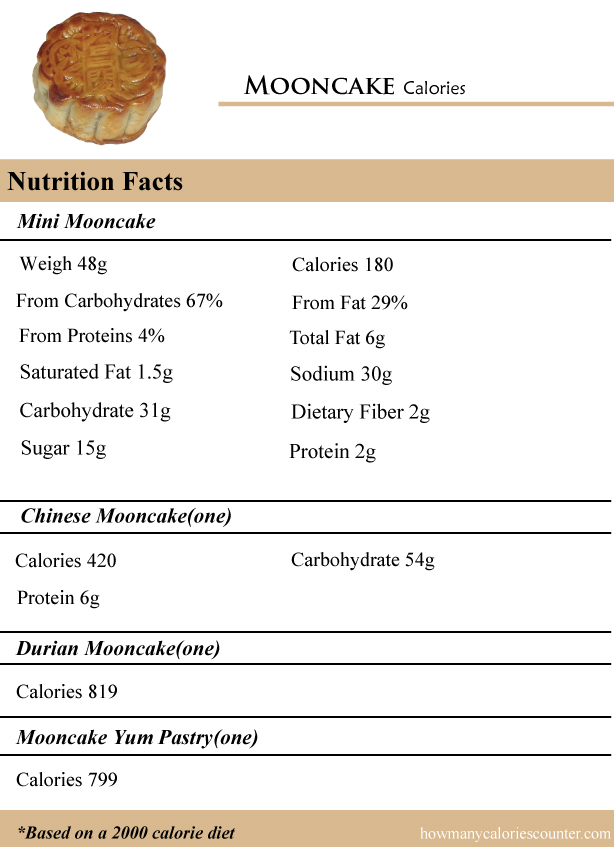

It’s another day in the Pontzer lab, where he and his students measure how much energy people expend when they are stressed, exercising, or mounting an immune response to a vaccine, among other states. Then Pontzer asks a set of questions designed to boost a student’s stress levels: What’s her dream job, and what exactly is she going to do after graduation? Postdoc Zane Swanson and undergrad Gabrielle Butler monitor her heart rate and how much carbon dioxide (CO 2) she exhales into the hood. By this point, she is clenching her sock-clad toes. Then Pontzer asks her to multiply 505 by 117, out loud.

She tries again and gets to 889, only to have Pontzer stop her. You ready to go?”Ĭhristina, who has signed up for a “stress test,” laughs nervously. “If you make a mistake, we’ll start over again.
#Chinese takeaway calories counter full#
“Start off with number 1022 and subtract 13 until you get to zero,” he says, speaking at full volume to be heard over a clanking air conditioner. Pontzer greets her formally and launches into a time-honored method to boost her blood pressure: He gives her an oral math test.

An undergraduate named Christina is resting on a lab table with her head in a clear plastic hood. On a warm Wednesday morning in October, Herman Pontzer puts on a wrinkled lab coat, adjusts his mask, and heads into his lab at Duke University, hoping to stress out a student. A version of this story appeared in Science, Vol 375, Issue 6582.


 0 kommentar(er)
0 kommentar(er)
